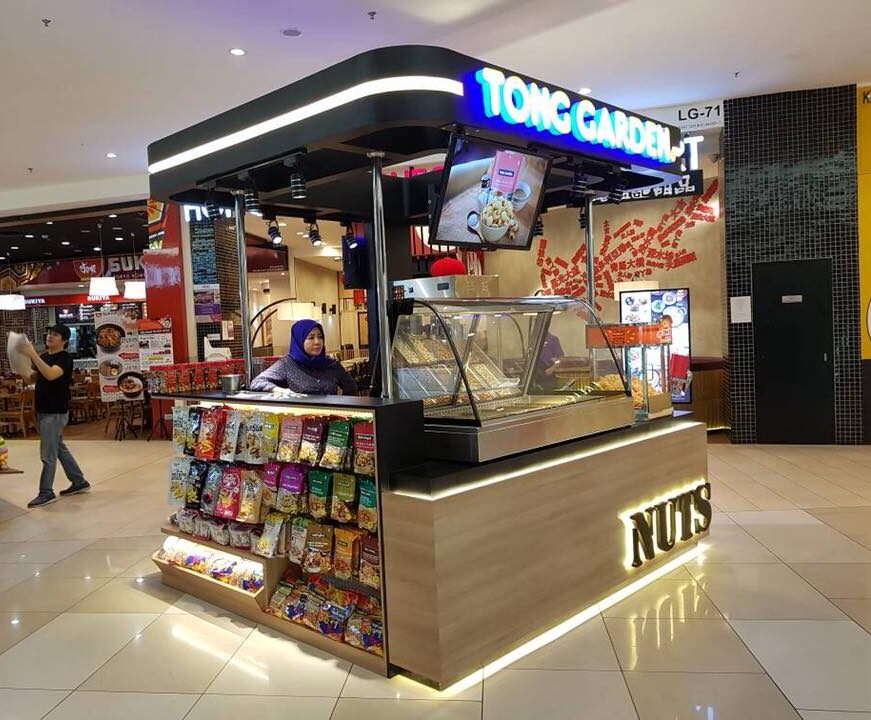Shopping Mall Kiosk Design and Construct
Designing and constructing a shopping mall kiosk involves several important steps. Here is a step-by-step guide to help you with the process:

- Research and Planning:
- Start by researching the market and understanding the target audience.
- Identify the purpose of the kiosk and the products or services it will offer.
- Determine the budget and any specific requirements or limitations.
- Concept Development:
- Brainstorm and develop a concept for the kiosk design.
- Consider the overall theme, branding, and aesthetic appeal.
- Sketch out the basic layout and determine the necessary components.
- Design:
- Create detailed 2D or 3D designs using computer-aided design (CAD) software.
- Incorporate the branding elements, such as logos, colors, and signage.
- Ensure the design is functional, efficient, and meets the mall’s regulations and guidelines.
- Material Selection:
- Choose appropriate materials that are durable, aesthetically pleasing, and fit within the budget.
- Consider factors such as ease of maintenance, resistance to wear and tear, and fire safety.


- Construction:
- Hire a professional construction team or contractor experienced in kiosk construction.
- Ensure that the team follows the approved design and uses high-quality materials.
- Coordinate with the mall management to schedule construction and obtain necessary permits.
- Installation and Fixtures:
- Install the kiosk in the designated area of the shopping mall.
- Assemble and install any necessary fixtures, such as shelves, display units, or lighting.
- Test all electrical and technical components to ensure they are functioning properly.
- Branding and Signage:
- Apply branding elements, such as logos, signage, and graphics, to the kiosk.
- Ensure visibility and legibility of the signage for customers from various angles.
- Consider using LED displays or digital screens for dynamic content and promotions.
- Merchandising and Display:
- Set up the product displays and arrange them in an appealing and organized manner.
- Use creative visual merchandising techniques to attract customers and highlight products.
- Ensure that the kiosk layout allows for easy customer flow and accessibility.


- Testing and Quality Control:
- Conduct thorough testing to ensure all components and systems are working properly.
- Check for any design flaws, functionality issues, or safety concerns.
- Make any necessary adjustments or repairs to meet quality standards.
- Opening and Maintenance:
- Plan for a grand opening event to generate buzz and attract customers to the kiosk.
- Develop a maintenance plan to regularly clean, repair, and update the kiosk.
- Monitor customer feedback and make improvements based on their needs and preferences.
By following these steps, you can create a well-designed and functional shopping mall kiosk that effectively showcases your products or services.
